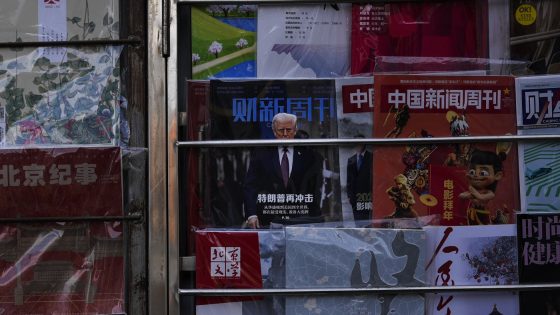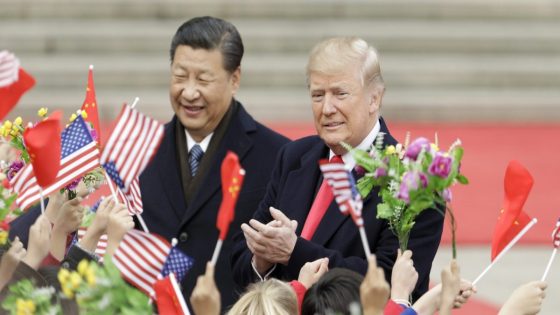On February 4, 2025, Beijing announced that retaliatory tariffs on a range of U.S. products will take effect on Monday. These tariffs, which range from 10% to 15%, come in response to the Trump administration’s recent decision to impose a 10% tariff on Chinese imports aimed at curbing fentanyl trafficking.
- China imposes tariffs on U.S. products.
- Tariffs range from 10% to 15%.
- China's response includes antitrust investigations.
- Effective tariff rates differ between countries.
- Trade friction impacts both economies significantly.
- Trump threatens further tariffs on imports.
Chinese Foreign Ministry spokesman Guo Jiakun stated that trade wars benefit no one and emphasized the need for dialogue instead of unilateral actions. This escalation occurs amidst ongoing economic challenges in both China and the U.S.
The trade tensions between the united states and China have intensified recently as both countries implement new tariffs against each other. China’s tariffs target various American exports including crude oil and farm machinery, reflecting a significant response to U.S. policies aimed at reducing opioid trafficking.
Key details include:
- The Chinese tariffs are set at rates between 10% and 15%.
- The U.S. has imposed a blanket 10% tariff on Chinese imports worth approximately $450 billion.
- China’s counter-tariffs impact about $15 billion to $20 billion in American goods.
In addition to imposing these tariffs, China has initiated an antitrust investigation into Google and added two more U.S. companies to its “unreliable entities” list while tightening export controls on rare earth materials critical for technology sectors globally. Analysts suggest that China’s measured response indicates it is seeking to avoid further escalation but is prepared for potential future actions if tensions continue.
This latest round of tariff impositions underscores the fragile nature of international trade relations as both nations navigate their respective economic challenges amid growing inflation concerns in the United States and sluggish growth in China.































